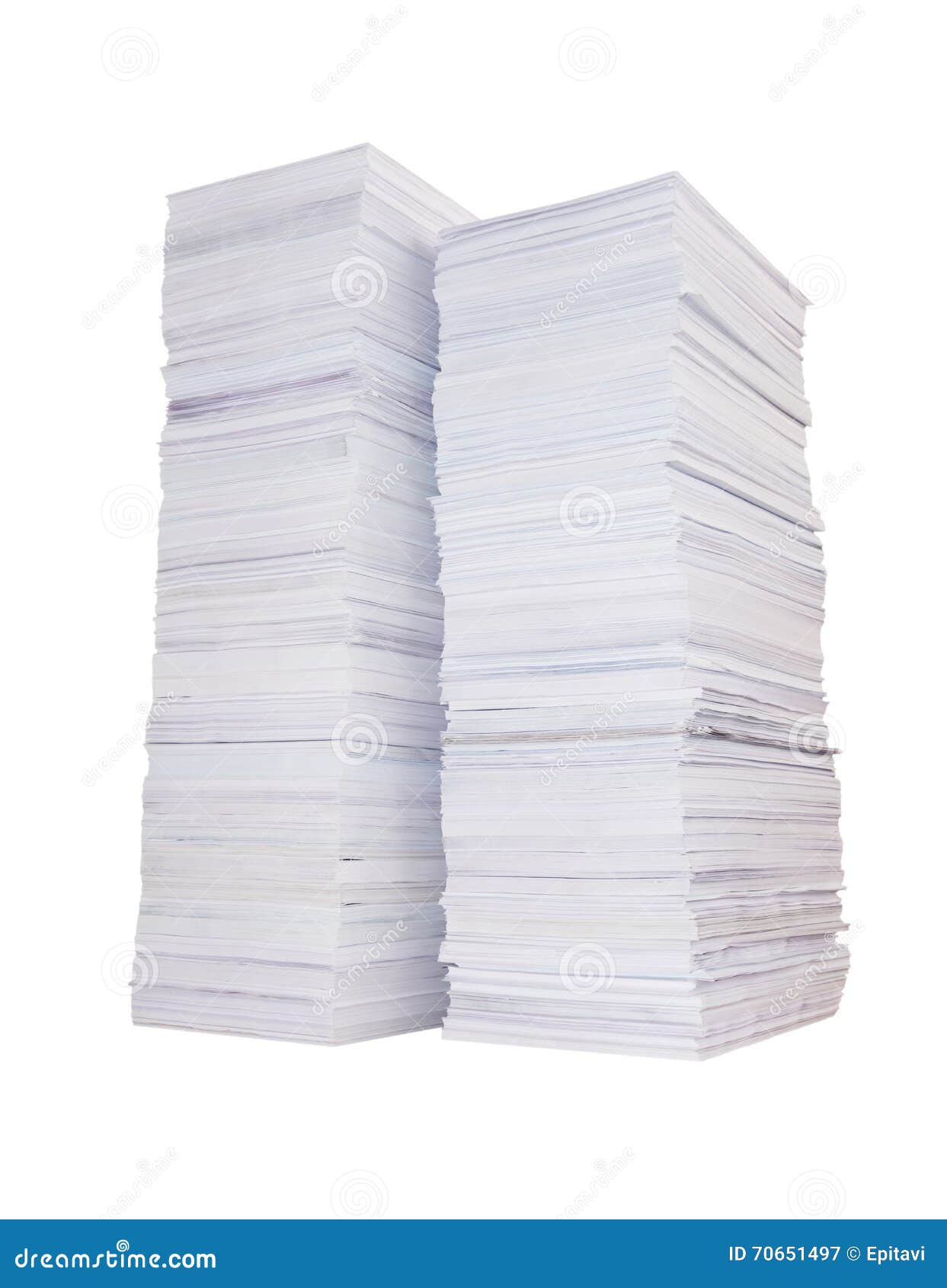
Based on this assumption, the force-deformation relation of the paper stack is derived. For multiple sheets, it is assumed that when the force is the same, the deformation of the paper stack is directly proportional to the number of sheets. The compressive behavior of paper under some given forces are also calculated by using the identified equation and verified by means of the experimental data. All the used coefficients for determining the functions are expressed as the functions of the stress at the start point of unloading. In this paper, the loading curve of paper is calculated by using the sextic polynomial equation and the unloading curve is described by using the modified exponential function. The loading and unloading nonlinearities of paper stress-strain relations can be approximated by using different equations. The main purpose of this paper is to establish a suitable mathematical model and actualize the description of the compression curve for paper and paper stacks. When compression is released, the stress-strain curve in the unloading process is also nonlinear. If the influence of the surface topography is not taken into account, the stress-strain curve of paper materials in the loading process is a typical example of materials with J-shaped compressive curves. The mechanical behavior of paper materials under compression in the out-of-plane direction is highly nonlinear.

Our evaluation yields three key findings for the transverse behavior of pulp fibers: first, the compression behavior is dominated by plastic deformation and nonlinear elasticity, in agreement with the experimental indentation results second, we found evidence that a compressible plasticity model is justified, with an estimated Poisson's ratio of 0.23 and third, a good agreement of our numerical model with out-of-plane compaction experiments from the literature for a sheet of paper was achieved. We therefore advocate a numerical model based on a compressible plastic model combined with a hyper-foam model. Our measurements clearly indicate a compressible plastic behavior in conjunction with a highly nonlinear elastic behavior, both which are attributed to the nanoporous structure of pulp fibers. The transverse behavior of pulp fibers is tested by atomic force microscopy (AFM)-based nanoindentation experiments to record both, the volume reduction and the force-displacement curve. In the progress of understanding the mechanical behavior of pulp fibers, advanced material models have to be developed alongside experimental investigations. The comparative analysis of the experimental results demonstrates the effectiveness of the proposed model and its usability to describe the force-deformation behavior of paper. Then, the deviations of the deformations under different forces will be calculated. Both of the calculated results of the linear and cubic curve fitting methods are compared with experimental results. Based on the model of one sheet, a new model for calculating the force-deformation relationship of multiple sheets is proposed. The cubic curve fitting method for calculating the relationship between surface deformation and total deformation is proposed and compared with the linear curve fitting method. For a given total deformation, the deformations of the surface structure can be calculated by using the Newton-Raphson method.

According to the common literature, the paper is regarded as an elastic material, the paper body is divided into two surface structures and one internal structure.

In this paper, the loading force-deformation behavior of paper and paper stacks in the out-of-plane direction is investigated in detail.


 0 kommentar(er)
0 kommentar(er)
